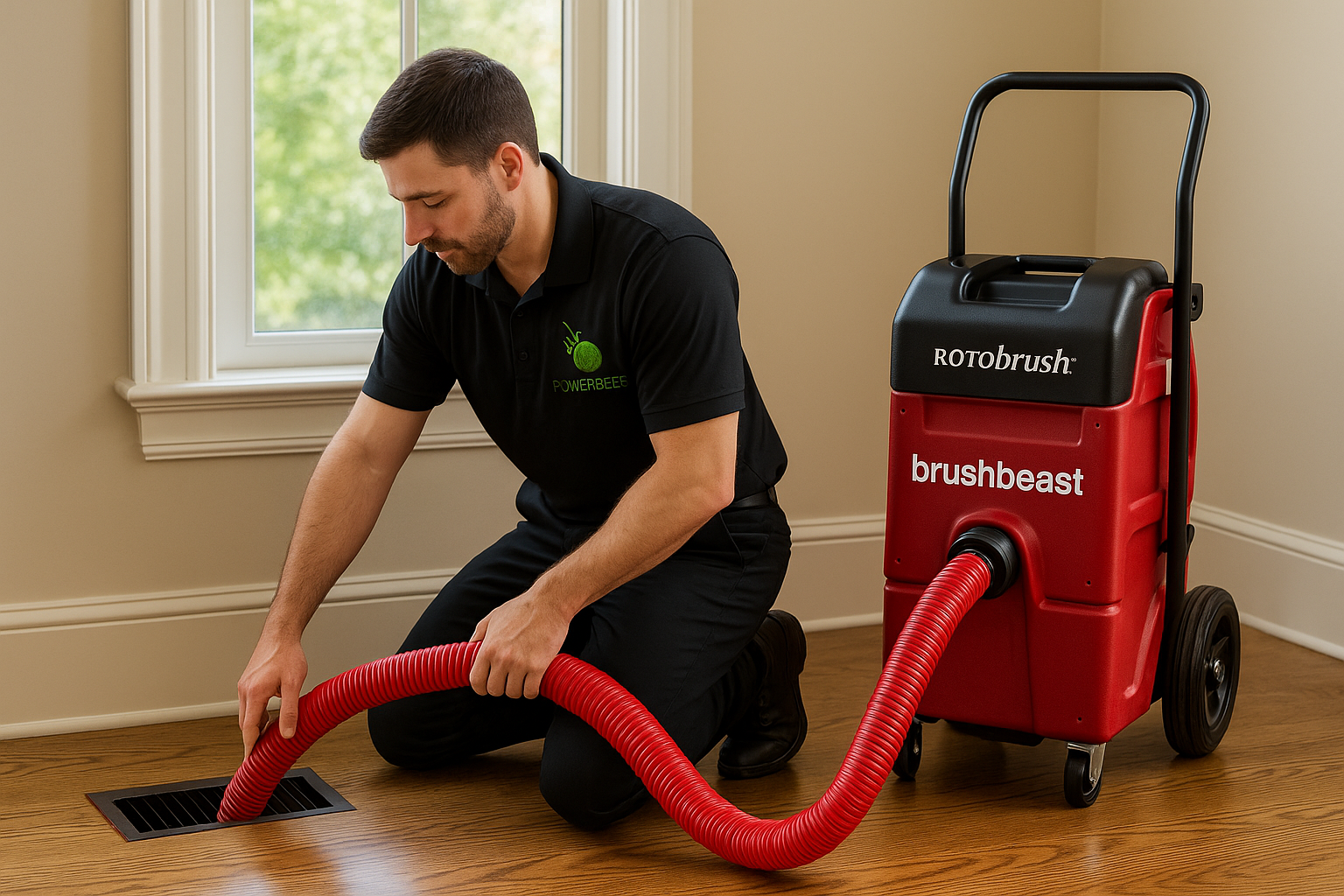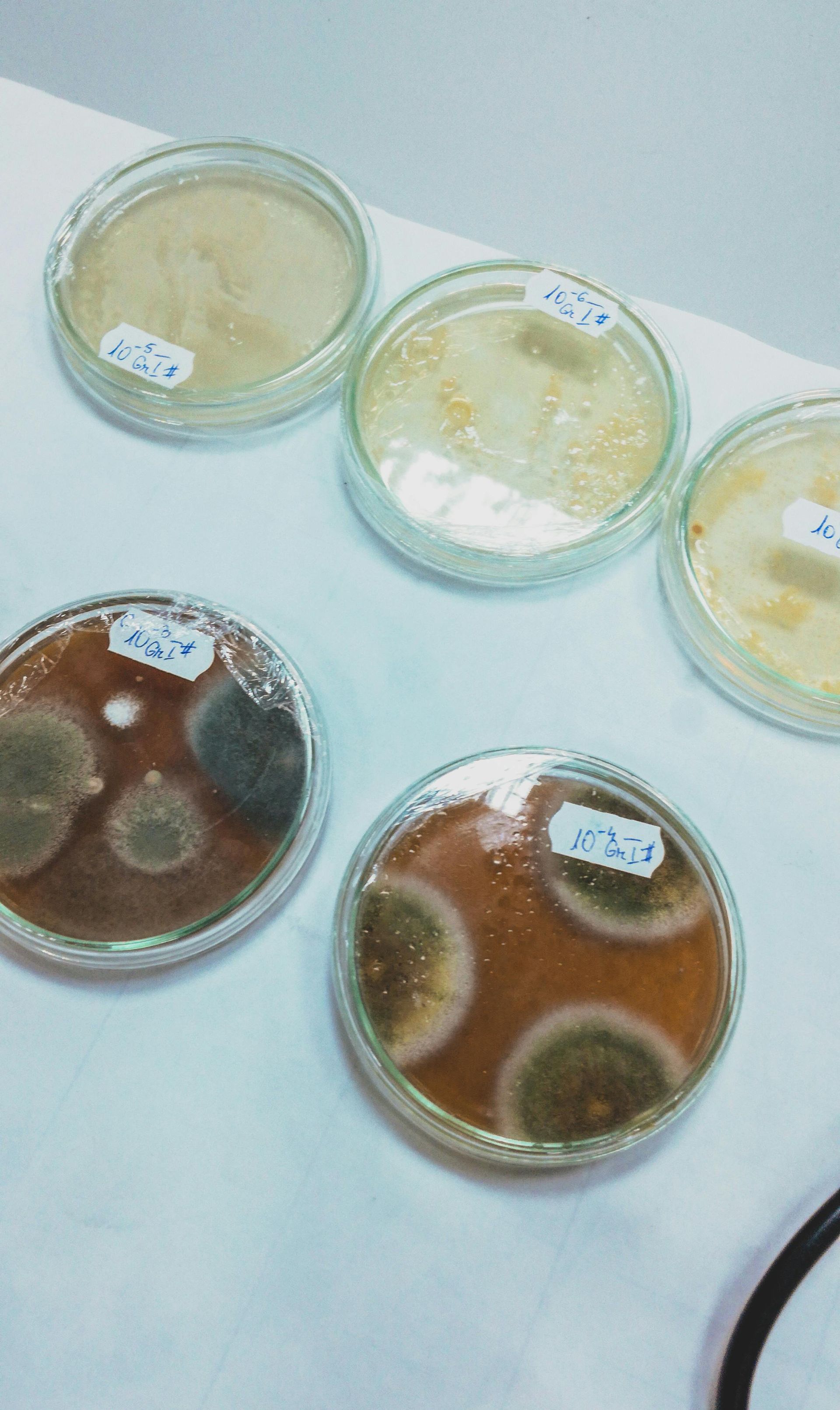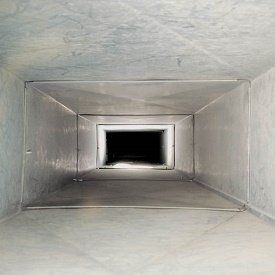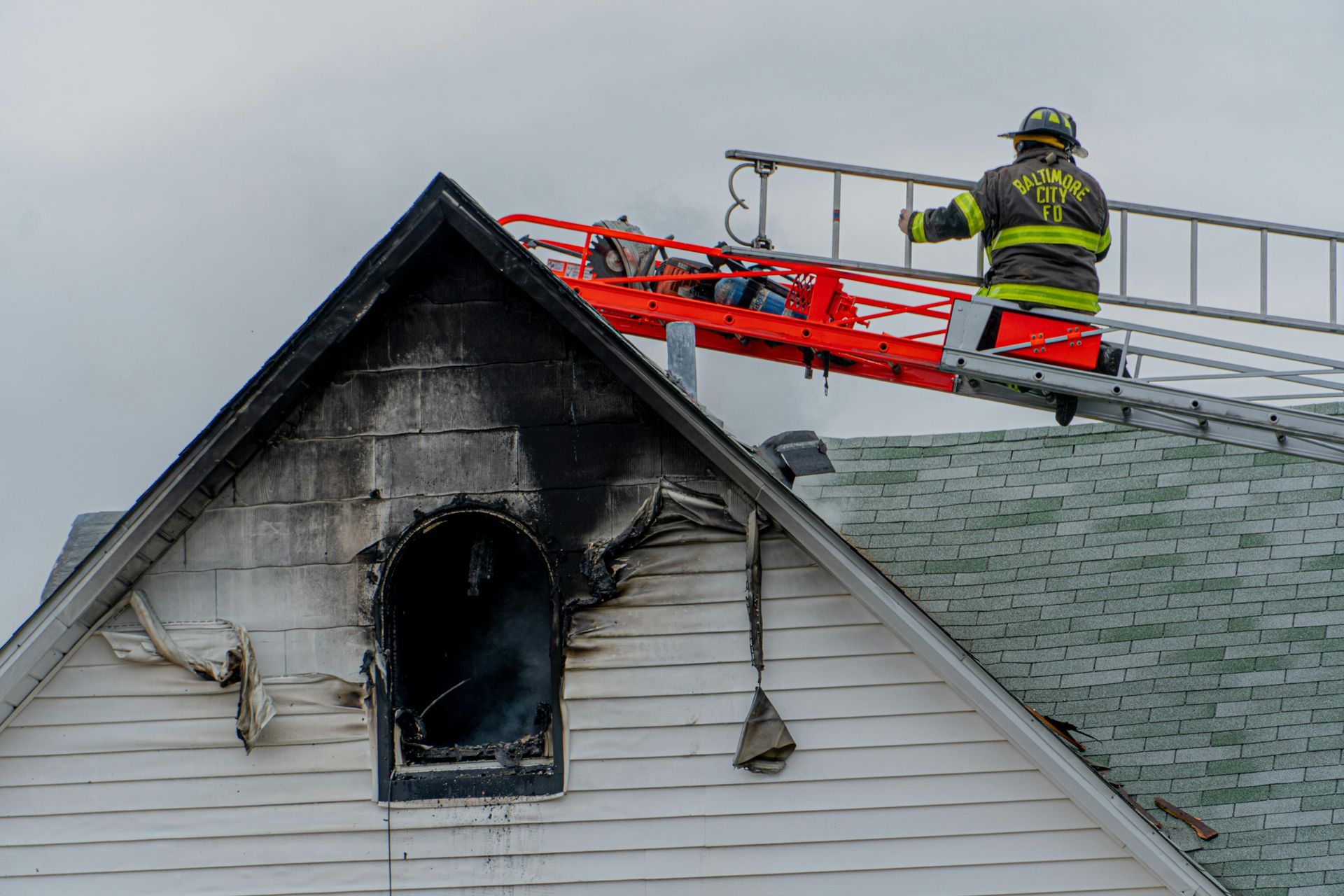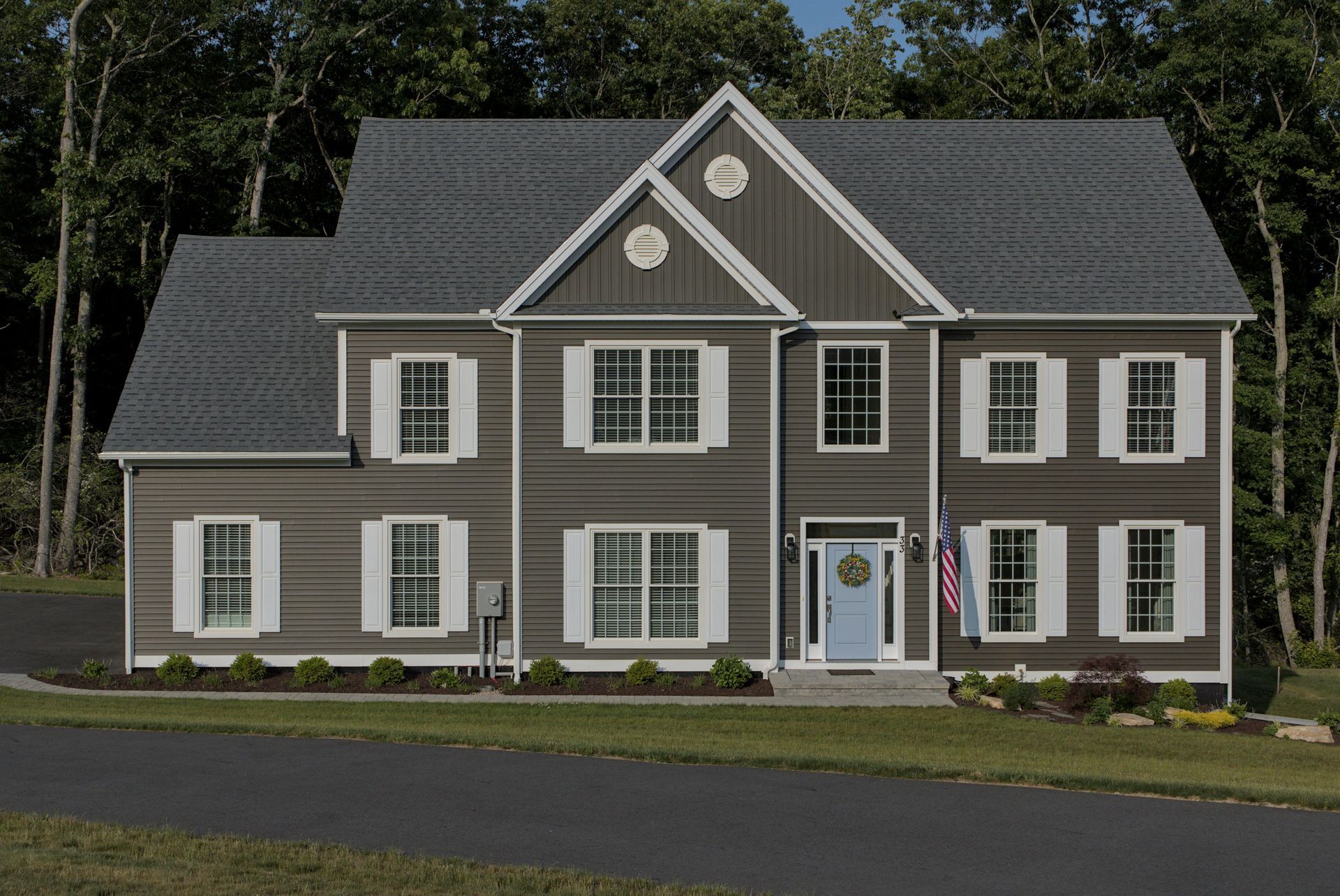From Basements to Bedrooms: Ensuring Clean Air with Mold Testing in West Roxbury
Professional Mold Testing Detects Hidden Contamination Before It Affects Indoor Air Quality
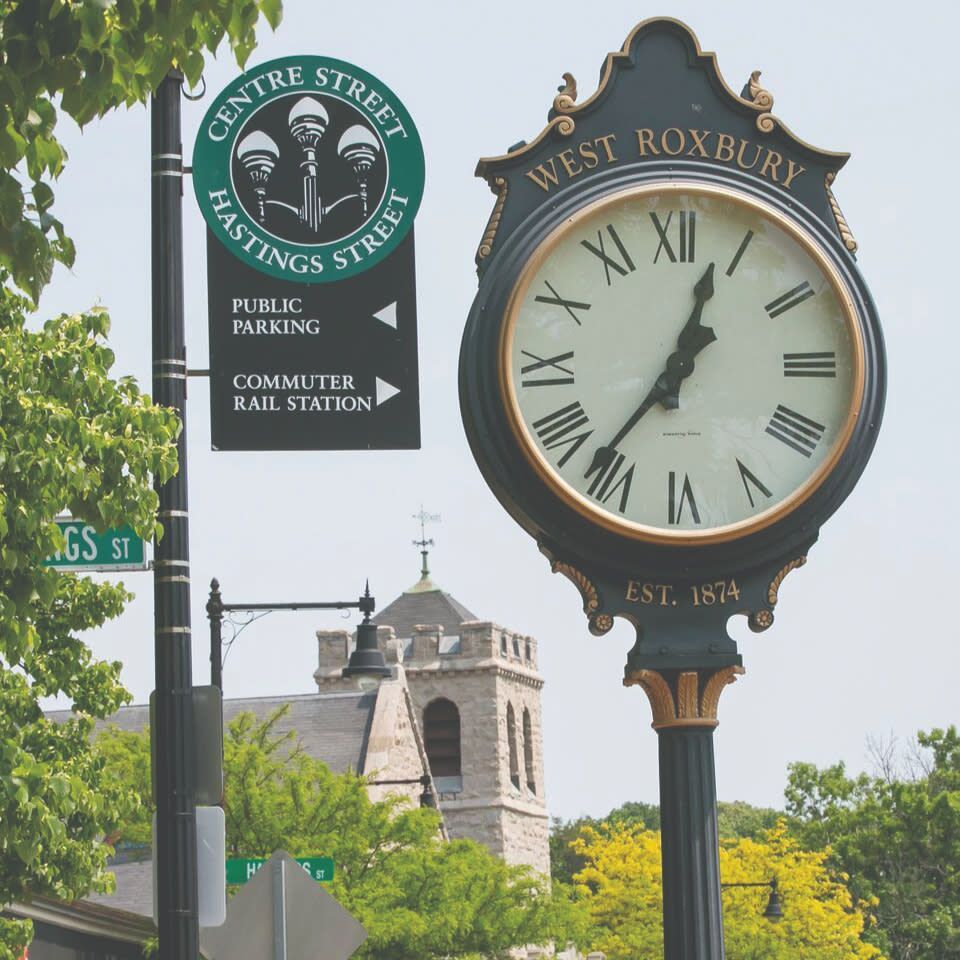
Understanding the Importance of Mold Testing in Older West Roxbury Homes
PowerBees, a leading indoor air quality company certified by NADCA and the IICRC, recently conducted
Mold Testing within a charming
bungalow-style home in
West Roxbury, MA. Built in the 1920s, this home had been unoccupied for over a year before being purchased by a young couple in late summer. During the original home inspection, there were signs of possible mold growth, but no formal
Testing for Mold was performed at that time. As the new homeowners settled in, they began to notice signs of moisture and musty odors — common warning signs of mold in older homes that have been closed up for extended periods.
The Findings: Penicillium and Aspergillus in the Basement
During the
Mold Testing, PowerBees technicians collected
Air Samples in the basement and on the first level near the kitchen. The results revealed elevated levels of
Penicillium and
Aspergillus in the basement, both of which are common indoor molds that thrive in damp, dark, and poorly ventilated areas. The basement’s conditions were ideal for mold growth — seepage through the foundation during heavy rains, visible daylight around a pipe penetration in the wall, and a lack of consistent dehumidification.
Fortunately, the
Air Samples taken in the kitchen at the top of the basement stairs showed
normal indoor air quality levels, which indicates that the mold contamination was largely contained to the basement area. However, given the age of the home and its open basement-to-first-floor airflow design, PowerBees recommended additional testing throughout the first level to ensure there was no
cross-contamination of airborne mold spores.
Cross-Contamination and Older Homes
Bungalow-style homes, especially those built in the early to mid-20th century, often have unique construction features that can allow for air movement between levels. In homes like this,
Mold Testing is critical because airborne spores from the basement can easily travel through wall cavities, vents, and open stairwells. Over time, even small amounts of airborne mold spores can settle on surfaces in living spaces, contributing to
Indoor Air Quality issues and triggering allergic reactions in sensitive individuals.
Because
Penicillium and
Aspergillus spores are lightweight and easily dispersed through air currents, PowerBees often recommends periodic testing and air purification — especially when a basement is unfinished, damp, or used for laundry or storage. A
HEPA air purifier can help capture these fine particulates, but addressing the source of moisture and sealing openings around pipes or foundation cracks are essential steps in preventing future mold issues.
How Penicillium, Aspergillus, and Stachybotrys Affect Health
Penicillium and Aspergillus are among the most frequently encountered molds in residential environments. While some species of these genera are used beneficially in food and medicine, others are associated with allergic reactions, respiratory irritation, and more severe health issues in individuals with compromised immune systems. Common symptoms include nasal congestion, sneezing, eye irritation, and coughing — all of which may intensify when mold spores are airborne and inhaled regularly.
Stachybotrys, often referred to as “black mold,” is less common but far more concerning. It grows in areas with sustained moisture, such as around plumbing leaks or damp drywall. Exposure to Stachybotrys can cause chronic sinus issues, persistent coughing, headaches, and even fatigue. Although PowerBees did not detect Stachybotrys in this particular West Roxbury home, the conditions present — moisture seepage and foundation openings — could potentially allow for its development if not addressed.
By conducting
Air Samples and
Lift-Tape Samples, PowerBees technicians can identify specific mold species present in a home, helping homeowners understand what types of spores they’re exposed to and how best to remediate them.
Why Mold Testing Matters in Bungalow Homes
Older bungalow homes, like the one in West Roxbury, often have limited ventilation and aging building materials that can trap moisture. Basements built nearly a century ago were not designed with the same vapor barriers and waterproofing methods used today, meaning moisture intrusion is more common. When a basement is damp and unventilated, it becomes an ideal environment for mold growth — particularly
Penicillium and
Aspergillus, which flourish on organic materials like wood, insulation, and paper.
Regular
Mold Testing ensures that homeowners can identify hidden growth before it spreads. It also provides a baseline for
Indoor Air Quality, allowing homeowners to track changes over time. When PowerBees performs
Testing for Mold, they use specialized collection methods such as
Air Samples to measure airborne spore counts and
Lift-Tape Samples to identify surface mold. These tests give a detailed picture of where mold is present, how extensive it is, and whether it’s affecting breathable air within the home.
Improving Indoor Air Quality and Preventing Future Mold Growth
Once mold has been detected, the key steps are
remediation and
prevention. PowerBees always emphasizes moisture control as the foundation of mold prevention. In this West Roxbury home, sealing the gap around the foundation pipe, running a dehumidifier year-round, and repairing any drainage issues outside the home were top recommendations.
Maintaining clean
HVAC systems also plays a critical role in preventing the spread of mold spores throughout the home. Dust and organic debris within air ducts can provide a nutrient source for mold if moisture enters the system. Regular
Air Duct Cleaning, especially in older homes, helps prevent mold in HVAC systems from becoming a secondary source of contamination.
For homeowners sensitive to allergens or those with respiratory conditions, PowerBees recommends pairing regular duct maintenance with periodic
Mold Testing to ensure that
Indoor Air Quality remains within safe thresholds.
A Few Facts About West Roxbury, MA
West Roxbury, part of the city of Boston, has a distinct suburban feel with a strong sense of community. The area is known for its tree-lined streets, single-family homes, and proximity to the scenic Charles River Reservation. One of its notable landmarks, the Theodore Parker Church, dates back to the mid-19th century and reflects the area’s deep-rooted architectural heritage.
West Roxbury also played a role in Boston’s expansion during the 19th century when the introduction of streetcar lines made it a desirable residential area for families seeking a quieter environment. Many of the bungalows and colonials built during that period still stand today — a testament to the area’s enduring craftsmanship and appeal.
However, with that age and charm comes the need for ongoing care — especially when it comes to moisture control, ventilation, and maintaining
Indoor Air Quality. That’s where companies like PowerBees step in.
The Value of Professional Mold Testing
For the homeowners in West Roxbury, having PowerBees perform
Mold Testing provided clarity and peace of mind. Knowing that the air quality in their living spaces remained normal while identifying and addressing basement mold early prevented a potentially larger problem later on.
Professional mold testing doesn’t just identify what’s already there — it helps homeowners make informed decisions about remediation, home maintenance, and air quality improvement strategies. In a region where older homes are common and basement moisture is a frequent concern, these tests can make all the difference in preserving both property and health.





